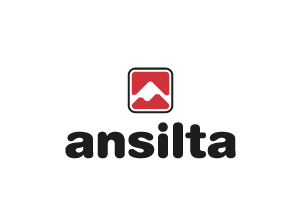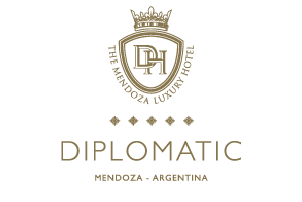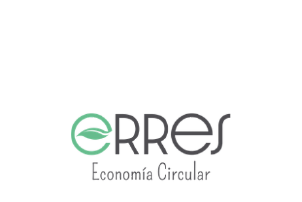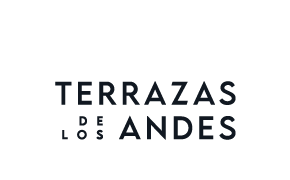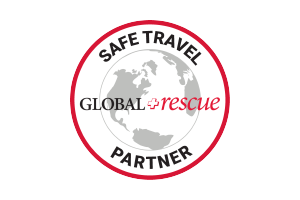Find useful information for your next Aconcagua expedition
In recent years Mt. Aconcagua State Park has not been publishing the price of the climbing permit until several weeks before the season begins. Prices differ according to the climbing route, the date of the trip and the nationality of the climbers (Argentine and Latin American climbers receive a discount).
Please refer to the official website for last season’s prices here.
Climbers under the legal age in their country of origin need to obtain a certified authorization to enter the park.
Please refer to the official website or contact us for more information here.
We suggest bringing a supply of cash. This is especially useful for smaller restaurants, souvenir shops, and tipping (a 10% gratuity is standard at local eateries). While ATMs are available, their reliability and daily withdrawal limits can vary, and many smaller establishments prefer cash.
The ideal combination for an Aconcagua expedition is two large, solid duffel bags (120-140 l), an expedition backpack (70-90 l) and a light, small daypack (20-30 l). Please bear in mind that you will need to organize your gear in two separate duffle bags. Items you will use during the hike-in to base camp (sleeping bag, light clothes, camping gear) go in one duffle bag. Altitude gear (everything you will only use above base camp, from plastic boots to goggles and helmet) goes in a separate duffle bag; this is because sometimes we need to separate the mules that accompany the group from those that go directly to Base Camp. Your guide/s will assist you with packing.
❯ Hike in to Base Camp: Mules carry most of the gear and supplies. You will be carrying only a daypack, with a few items like water and snacks, a camera, a jacket, sunscreen.
❯ Base Camp to High Camps: Expect to carry all of your personal gear plus a share of the group gear (although we provide porters for the bulk of the group equipment). Typically, a fully loaded Aconcagua backpack will weigh between 18 and 22 kg.
Yes, there are secure places to store your gear in Mendoza (at the hotel), at Penitentes, where we have a big warehouse with lockers, and at Plaza Argentina or Plaza de Mulas.
As far as possible our trips are designed to avoid any extra cost to the climbers. However, if you leave the trip early, please bear in mind that you will incur expenses that are your sole responsibility such as a guide, porters or mules for the gear, transfers and lodging.
The Aconcagua State Park now charges for emergency medical evacuations by helicopter. In the event of a medical emergency, if the State Park’s rangers and medical services decide that a climber needs to be evacuated by helicopter, the climber will be charged either directly or to her/his insurance company. Additional costs may be incurred such as mule transport to carry the climber’s gear down the mountain, private transfer to Mendoza, hotels, etc.
We are Global Rescue Safe Travel Partner, check here.
To ensure a safe and personalized mountaineering experience, our expeditions are limited to a maximum of 12 participants. This allows our guides to provide individualized attention and cater to the unique needs of each climber.
On summit days our expeditions maintain a minimum guide to climber ratio of:
❯ 1 guide for 1-4 climbers
❯ 2 guides for 5-7 climbers
❯ 3 guides for 8-11 climbers
❯ 4 guides for 12 climbers
Comprehensive gear review to climb Aconcagua
” Explore Aconcagua’s routes in high resolution for an interactive and detailed view “

